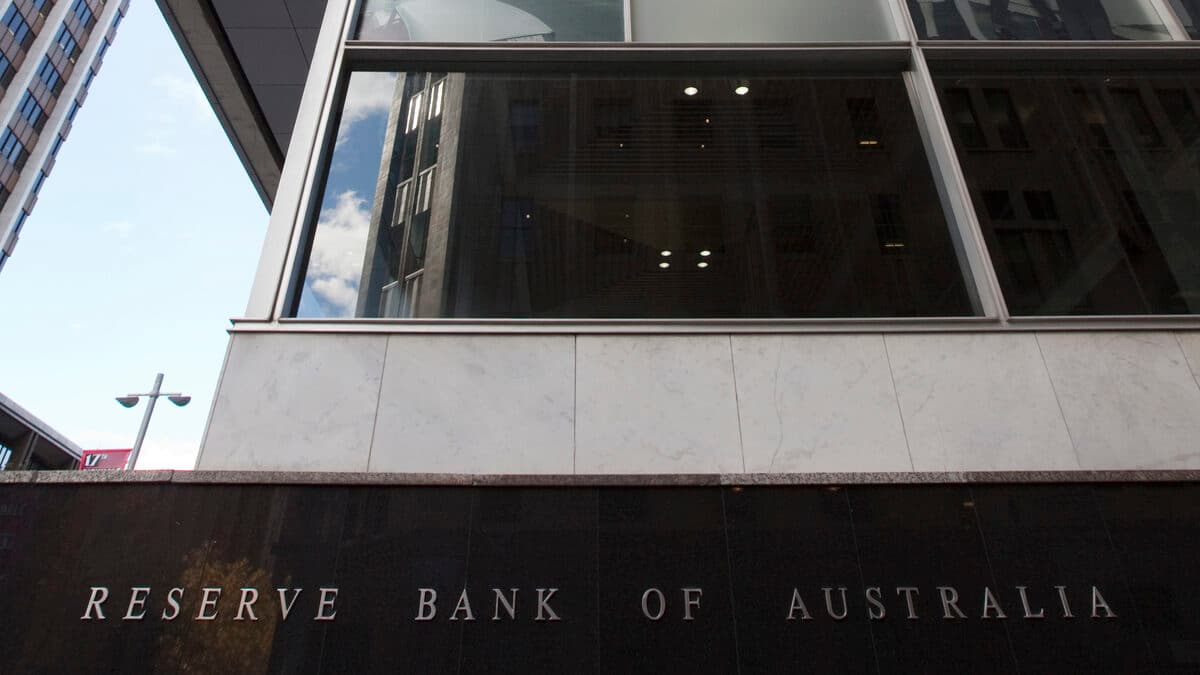At one of the most anticipated Reserve Bank of Australia (RBA) Board meetings in history, the bank announced it wouldn’t be tapping the brakes yet.
At Tuesday’s meeting, the Board decided to keep the official cash rate at its record low of 0.1 per cent.
Yet, in response to Australia’s roaring economic recovery, the bank committed to ending its bond-buying program.
Omicron hasn’t stopped Australia’s economy
RBA Governor Philip Lowe emphasised that while Omicron has slowed the economy, it hasn’t stopped it.
The Board expects spending to pick up as case numbers trend lower. The RBA’s newest prediction shows GDP growth of more than four per cent over 2022 and 2 per cent over 2023.
Meaning: The economy is in a good position, and the bank is comfortable removing some of the accommodative policy conditions.
Governor Lowe said in a statement, “This outlook is supported by household and business balance sheets that are in generally good shape, an upswing in business investment, a large pipeline of construction work and supportive macroeconomic policy settings. The main source of uncertainty continues to be the pandemic.”
Labour market tightens
According to the RBA’s central forecast (what the bank thinks will happen), Australia’s unemployment rate could fall to 3.75 per cent by the end of 2023.
If they’re right, Australia will experience the lowest unemployment rate since 1974/75.
Governor Lowe said the unemployment rate could fall below 4 per cent this year. And it could be “around 3.75 per cent” by the end of 2023.
A tightening labour market is a good thing for the economy. But, before raising rates, the bank is waiting to see indications of actual wage growth.
While wage growth has picked up a little recently, reflecting pre-pandemic levels, more is needed. A further pick-up in wages could be expected as the labour market tightened.
Governor Lowe said, “Wages growth has picked up but, at the aggregate level, has only returned to the relatively low rates prevailing before the pandemic. A further pick-up in wages growth is expected as the labour market tightens.
“This pick-up is still expected to be only gradual, although there is uncertainty about the behaviour of wages at historically low levels of unemployment.”
Concerns over inflation
The RBA admitted red-hot inflation had exceeded their predictions. Inflation has prompted the bank to upgrade its economic forecast and prepare for a cash rate hike this year.
As it currently stands, underlying inflation is 2.6 per cent. Yet, it is expected to reach 3.25 per cent this year – a whole percentage point above the bank’s November forecast.
Governor Lowe said, “Inflation has picked up more quickly than the RBA had expected, but remains lower than in many other countries.
“The central forecast is for underlying inflation to increase further in coming quarters to around 3¼ per cent, before declining to around 2¾ per cent over 2023 as the supply-side problems are resolved, and consumption patterns normalise.”
Demand-side inflation from a tightening labour market can’t be ignored. But, worldwide supply shortages have significantly affected prices. As supply chains issue ease, the bank predicts inflation will too.
Governor Lowe said, “One source of uncertainty is the persistence of the disruptions to supply chains and distribution networks and their ongoing effects on prices. It is also uncertain how consumption patterns will evolve and how this will affect the balance of supply and demand, and hence prices.”
Bond purchasing ends
Growing inflation and a strong job market led to expectations the RBA would begin rewinding financial support.
Although the bank is holding back on a rate rise, the ending of its bond-buying program signals the beginning of the end for accommodating pandemic policies.
Since the pandemic, bond purchasing has tripled the RBA’s balance sheet to around $640 billion. The program essentially created more money to be spent within the economy.
As Australia’s recovery remains strong and inflation looms, the economy doesn’t need the extra money.
Governor Lowe said, “Many other central banks have ended, or will soon end, their bond purchase programs. More importantly, faster-than-expected progress has been made towards the RBA’s goals, and further progress is likely.
“In these circumstances, the Board judged that now was the right time to end the bond purchase program.”
Read more:U.S. Federal Reserve signals rate hikes in March
Read more: What happens when the cash rate goes up?
Keep up to date with our stories on LinkedIn, Twitter, Facebook and Instagram.


